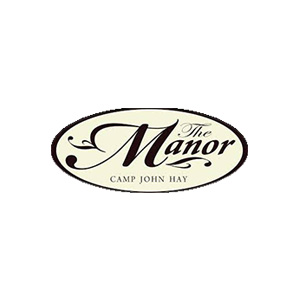Norway, a global leader in electric mobility, continues to influence the future of zero-emission transport—this time by helping accelerate the Philippines’ transition to cleaner maritime systems. Norway pioneered electric ferry technology with the launch of the MS Ampere, the world’s first fully electric commuter ferry, in 2015, followed in 2022 by MS Medstraum, the first high-speed electric ferry developed by the Norwegian cluster organization Maritime CleanTech.

In a major development for the Philippines, the Philippines Association of Coastal and Inland Water Ferries Inc. (PACIFI), IMP Shipyard and Port Services, Inc., and ZEM signed a memorandum of understanding to jointly develop the country’s first prototype electric hybrid propulsion ferry. The Royal Norwegian Embassy in Manila welcomed a delegation from Norway’s electric ferry sector to further strengthen cooperation between the two countries.
Norway’s early electric ferry initiatives were launched under the TrAM (Transport: Advanced and Modular) project, funded by the European Union’s Horizon 2020 program. The project supports the UN Sustainable Development Goals and seeks to enhance the EU’s innovation, competitiveness, and economic growth, with Norway emerging as the center of electric ferry transport in Europe.

“The future of maritime transport will depend on a smart combination of alternative fuels, energy efficiency measures, and shore power systems—especially when powered by renewable energy,” said Norwegian Ambassador to the Philippines Christian Lyster. He added that Norway’s achievement—111 ferry routes served by about 180 electric ferries—proves that maritime electrification is both feasible and highly effective.
In the Philippines, similar progress is underway. The Department of Transportation (DOTr) recently launched its first fully electric passenger ferry, M/B Dalaray, which began operating on October 6 along the 26-kilometer Pasig River Ferry route covering 13 stops across the cities of Pasig, Makati, Mandaluyong, Manila, and Taguig as part of the Manila Bay–Pasig River–Laguna Lake (MAPPALA) corridor.

Several Norwegian companies participated in the discussions to explore collaborations in the Philippine maritime sector. These include Hyke, which specializes in urban electric ferry design; Zinus, known for innovative charging solutions; Zeabuz, a developer of autonomous passenger ferries; Kongsberg International, which focuses on integrated maritime systems; Kongsberg Norcontrol, which provides digital solutions for safer waters; Maritime Robotics, which advances autonomous surface and subsea operations; and ZEM, which works on maritime electrification technologies. Also joining the event were Innovation Norway and Penguin International, which shared the e-ferry experiences of Norway and Singapore. The Philippine Inter-Island Shipping Association (PISA) contributed insights on future opportunities for inter-island electric ferry operations.
The first Philippines–Norway Electric Ferries Conference was organized by the Royal Norwegian Embassy in Manila, the Philippine Ports Authority, Innovation Norway, the Philippines–Norway Business Council, and Maritime CleanTech.




